M&E Evolution Helps All of the Visual Story Industry

Recently, I read in BBC News about this little fossilized thing (deuterostome) about the size of a grain of sand that was discovered in Central China, and is a 540-million-year-old ancestor of you and me.
 Ugly little sucka’ by most standards; but to whatever was around at the time, it probably seemed like the norm. And there are variants of him (or her) still around.
Ugly little sucka’ by most standards; but to whatever was around at the time, it probably seemed like the norm. And there are variants of him (or her) still around.
It made me think that evolution is all around us, especially in the M&E (media and entertainment) industry.
The minute you think you’ve got things bolted down so you can make a good living doing the same thing over and over, someone introduces a new wrench.
Years ago, the RIAA (Recording Industry Association of America) felt it was better to fight the emergence of digital music and streaming, rather than work on something to meet customer demand.

The fight was messy, ugly.
RIAA officials focused (and dug in their heels) on their livelihood. The consumers’ interests, wants, needs were … irrelevant!
Conversely, the consumer didn’t care about “them.” They wanted to enjoy their entertainment their way, whether it was rented or borrowed.
We can argue that it hasn’t been exactly equitable for video content folks.
Studios went from a “closed set” (crews and cast were mere studio employees) to a stripped-down organization of management and accounting with freelancers who were hired for a project and then had to look for their next project.
It was a shock to “sell” your expertise, your talent, yourself; but good/great people learned to adapt and adopt.
Along the way, new project opportunities emerged, and they discovered they now have a more direct, more binding and more rewarding (personal and financial) relationship with their audience.
Some folks were satisfied with the deuterostome era – things were good enough so there’s no need to change/evolve.
Others see the benefits of the evolution as they explore new challenges and opportunities beyond their place in Hollywood-owned entertainment.
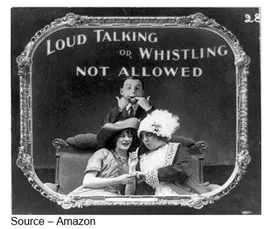
Your great granddad told you how he paid a whole five cents, shillings, fens, whatever – each – to go to the flickering movie and then to the soda fountain to relive it again.
The movies got better, prices got higher and it became a major investment (something really, really special) to have a movie date night.
Theater owners were happy, Hollywood was lavishly happy, your date was sorta’ happy and you were thinking…
Movies evolved. They got better, more lavish with bigger budgets and more exciting with heavy CGI, 8K/16K, HRD, 3D immersive sound and other technical advances.
Piracy, something the MPAA (Motion Picture Association of America) seldom widely publicized, cost the global content industry $6.1B annually, primarily from digital masters finding their way onto BitTorrent and similar pirate restreaming sites.
The industry has worked – and continues to work – on a variety of content protection schemes. As soon as a new one is perfected, the perfect hack is also introduced.
Along the way, someone developed the idiot box and television slowly crept into homes and were scorned as the death of movies and movie theaters.
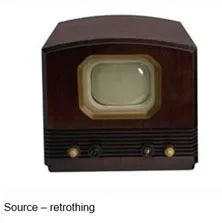
Linear pay TV (traditional cable, satellite and telco) quickly moved to become monopolies with zero customer-centric cultures. You know, “we’ve got you over a barrel and there’s nothing you can do about it” attitude.
Acting on a TV show was really a step down for folks, much like moving from live theater to movies, but the money was decent, and the work was steady, so what the heck.
After the film had made the rounds of theaters around the globe, they were recycled to TV where they helped Hollywood recover some of its losses.
While Hollywood was quick to implement changes to keep drawing folks to the theater, appointment TV folks didn’t need to continue to invest and innovate because good ‘nuff bundled stuff was … good enough.
And they were doing a pretty good job of keeping people from going out to see movies unless it was a killer tentpole production.
Along the way, the content got easier on the eyes, more interesting, more sensational – SD, HD, UHD and slowly 4K/HDR.
Theater audiences shrunk, prices rose but the films were so much better in a theater because the audio/video was delivered the way it was supposed to be while on the home set it was SD, maybe HD, but it was good enough to sit around in your underwear or pajamas to watch.
And because of the “special content,” bundle prices rose.
When the organizations that were born on the Internet – FAANG (Facebook, Amazon, Apple, Netflix) and BAT (Baidu, Alibaba, TenCent) began streaming their content, the cable guy thought they were cute. Initially, they were only dumb guy and cute pet videos.
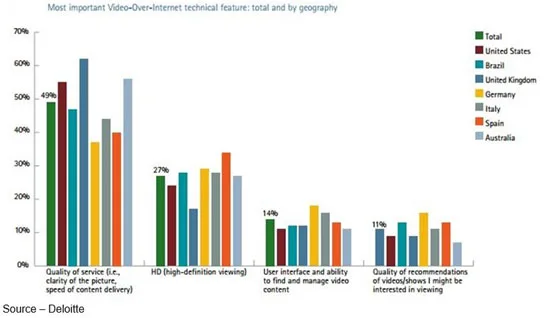
Then, Hastings (and others) started offering quality series and movies that were unique, well- produced and appealing to an audience that wanted substance rather than pablum.
Netflix found an audience that was willing to go outside the bundle and stream the content to their TV, computer, tablet, smartphone. And they used social media to spread the word … around the globe.
For the cable dude, it was just another channel he could add to his bundle and earn a little extra profit.
All upside, no downside … what could go wrong?
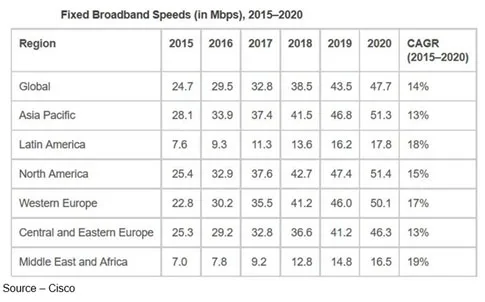
The performance and reliability of the Internet got better and faster.
The OTT folks wanted to give subscribers more than the same old stuff (recycled, refreshed, spin-off shows) and they wanted to do it fast.
They began investing in more, better and unique content.
Studios knew how to deliver the ideas they were given but OTT channels went searching for fresh, inspired indie work that friends helped friends produce for the film festival circuit.
With checkbooks in hand, they hit places like TIFF (Toronto International Film Festival), Teluride, Sundance and the hundreds of similar events around the globe. They bought the gems and left the rest for the appointment TV folks to fight over.
In addition, they got good – really good – at using social media to build interest in content before it appeared and in spreading the word to friends, neighbors, folks you didn’t even know.
Nothing beats WOM (word of mouth) to attract subscribers and viewers.
No one wants to miss out when everyone is talking about a great visual story!
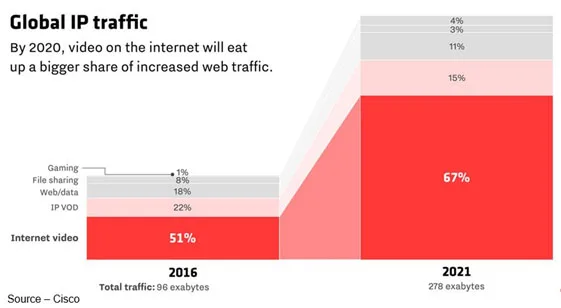
Consumers began to cut back on the size of their bundle (shave). Even more jumped the chasm and eliminated the bundle all together to get their entertainment on their schedule and on their device, no matter where they were.
The result has been a steady decline in linear TV ratings and an increase in streaming consumption.
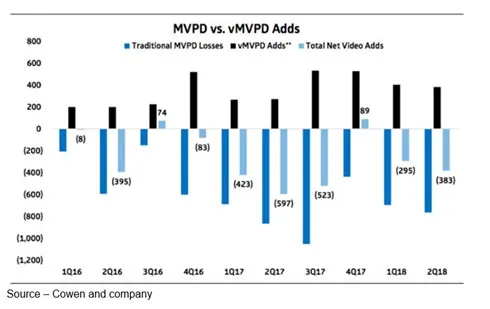
The cable and telco folks came up with a great prognosis by looking at the numbers as the bleeding slowed and they stabilized.
Magna predicts that by next year, over 50 percent of millennial and above video consumption will be on demand, rather than yesterday’s appointment viewing because:
- 42 percent — TV is too expensive
- 30 percent — Online availability is better
- 27 percent — Ability to access content at any time
- 27 percent — Online quality is better
- 27 percent — Want to watch specific programs
With the younger crowd, mobile streaming – anywhere, anytime – will increasingly become a major screen of choice. But linear cable won’t disappear.
Parks Associates projects that OTT service adoption will plateau at about 65 percent in U.S. broadband homes. But in emerging countries where TV sets are expensive and cable can be (more) unreliable, costly, and sometimes not even available, OTT streaming will dominate viewing.
During the early period of expansion (building an audience), OTT services didn’t have “little things” like cable’s annual/2-year contracts.
The average subscription length of service is 30 months; except for benchmark services like Netflix, Amazon Prime, Hulu and YouTube.
But none of the services meet all of the subscribers’ viewing needs.
According to Parks, more than 85 percent of U.S. millennials have at least one OTT service and many have 3-4.
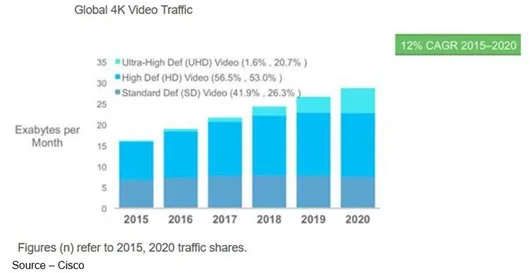
The firm estimates that by 2022, more than 265 million households worldwide will have more than 400 million OTT service subscriptions.
Minimizing churn is important.
Netflix reported it cost them $100 to acquire a subscriber, so holding onto them longer adds to the bottom-line and they can use that money to invest in more/different content to build social media buzz and attract more subscribers around the globe.
Meanwhile, sudios and the theater network have adapted to the new environment.
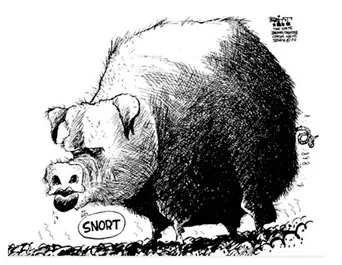
Studios help appointment TV with refreshed versions of mainstream shows and are proving their value in the content chain by delivering refined content on time and on budget. At the same time, they’re weighing their options on revitalizing vast libraries of film for a new generation of viewers. They’re also spending serious money for special/spectacular productions that can only be fully appreciated on the large screen.
The theater gamble seems to be paying off.
While the summer of 2017 was the worst for movies in more than a decade, 2018 is the second best ever.
In the U.S., the summer of 2018 was up 14.4 percent and year-to-date sales are up 9.9 percent over a weak 2017. Industry analysts predict global ticket sales will be up 15 percent for the year.
The folks in the film industry (studios and theaters) are cautiously optimistic that the spruced-up theaters, more careful selection of features that make it to the big screen and enhanced social media marketing could be the winning combination for helping consumers discover the fun of going to the movies again.
The visual story (film portion) industry is nearly 150 years old; not as old as the deuterostome, but it seldom puts out as anything as ugly as the ancient fossil – except to entertain folks.
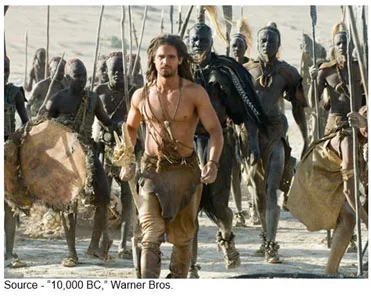 Fortunately, the business just keeps evolving and only the best survive.
Fortunately, the business just keeps evolving and only the best survive.
As TicTic said, “Your father was one of those men. You must decide for yourself whether you are, as well.”
# # #